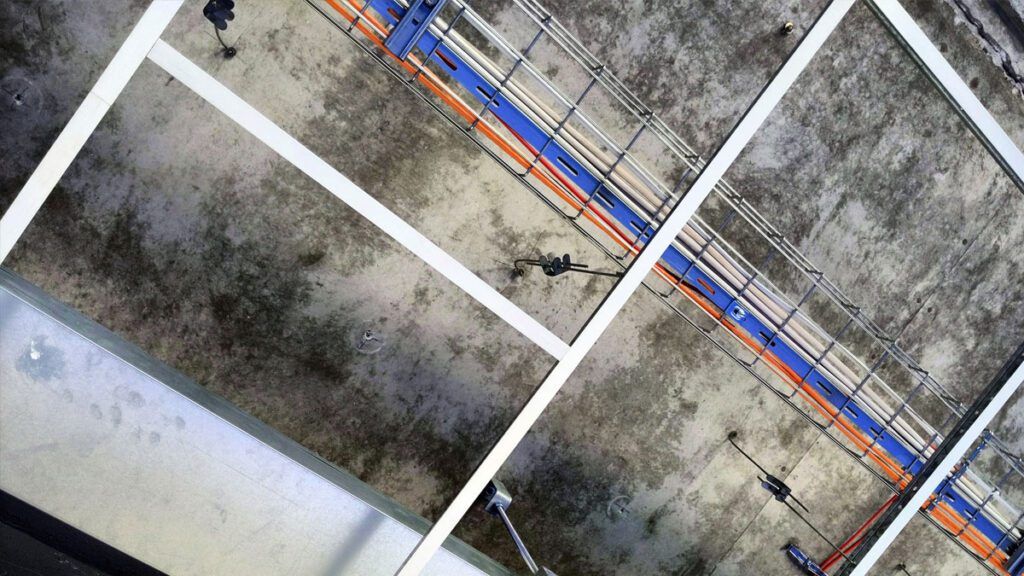The standards and regulations for data cable installations are constantly evolving. It is important to stay on top of the latest developments so that your low voltage cable installations are compliant and up to code. This article reviews important standards and regulations for your information.
ANSI/TIA Low Voltage Cable Installation Standards

The Telecommunications Industry Association (TIA) is an organization of industry experts that collaborate to maintain and sustain next generation information technology. TIA is accredited by American National Standards Institute (ANSI) as an organization of establishing technology standards.
TIA maintains TIA/ANSI cable installation standards. These standards specify recommendations on how to best structure cable pathways and spaces so the technology they support can operate efficiently. This is based on the most up-to-date knowledge on data comm technology and the low-voltage systems that support them. The standards apply to low-voltage cable installers of telecommunications and data systems.
AVIXA Standards for Pro AV Rack Building

AVIXA is a collaboration of experts within the audio visual technology industry. This organization outlines industry best practices and standards, much like the TIA, but for AV systems. AVIXA also has its own set of cable installation guidelines that specify how to best build an equipment rack.
The standards inform technicians on best practices of how to properly install and space cables on an AV rack. This keeps AV professionals up-to-date on cabling best practices so they can best serve their customers.
BICSI Standards for Data Cable Installations

BICSI is another global membership community to be familiar with, if you are in the low-voltage installation and maintenance games. This is a membership that any individual or company can join to get involved with a global network of information and communications technology (ICT) professionals.
Much like AVIXA and TIA, BICSI owns and maintains guidelines that recommend how professionals install and maintain their data systems. This is intended for systems that support data comm, Pro AV, security and any other network that requires low-voltage cabling.
BICSI has a global presence and offers hands on training from certified professionals. BICSI conferences and exhibitions are held every year so you can network with and learn from some of the best in the business.
NEC Fire Codes & Standards to Protect Workers

The National Electric Code is another standard cable installers should be aware for their work. Cable pathways often must be installed in plenum air spaces to connect office technology with equipment closets and data centers. The National Fire Protection Act specifies what equipment to use and how to install it in places such as plenum space. Following these guidelines will help installers best protect office workers from exposure to smoke, fire and electricity.
These are common industry standards and guidelines that are used by most installations to ensure a safe and reliable system. However, municipal, state and federal laws can vary, based on where you are working.
How Do VELCRO® Brand Fasteners Assist?

Did you know VELCRO® Brand ONE-WRAP® ties can greatly help installations align with all of these standards? Many cable standards specifically call out the use of hook & loop to prevent damage to cables and optimize data flow. Here is how this applies to all of the standards mentioned above.
ANSI/TIA-568.0-D says: “Cable stress, such as that caused by tension in suspended cable runs and tightly cinched bundles, should be minimized. Cable bindings, if used to tie multiple cables together, should be irregularly spaced and loosely fitted (easily moveable).”
The BICSI ITSIMM manual says: “Hook and loop straps should be used to prevent a change in the physical geometry of the cable that typically results from use of nylon cable ties.”
AVIXA F502.01:2018 says: “Hook and loop shall be used on all category cables, coaxial, and fiber cables. Spacing between cable ties shall be three (3) times diameter of the loom or 10 cm (~4 inches), whichever is smaller and unevenly spaced.”
National Electrical Code says: “Cables shall be supported by straps, staples, hangers, cable ties or similar fittings designed and installed so as not to damage the cable. Nonmetallic cable ties and other nonmetallic cable accessories used to secure and support cables shall be listed as having low smoke and heat release properties.”
VELCRO® Brand ONE-WRAP® Fire Retardant cable ties are UL-rated, designed to be used in plenum space and flexible to eliminate damage to cables.
It’s important always to be aware of your local cable installation standards and building codes. VELCRO® Brand ONE-WRAP® ties won’t make installations completely compliant, but they will significantly help. Don’t risk having to re-work an installation due to an industry standard violation. Make sure you are compliant.



